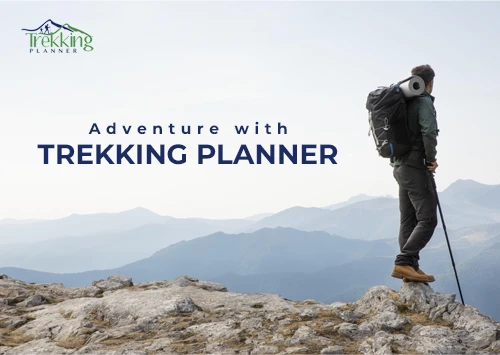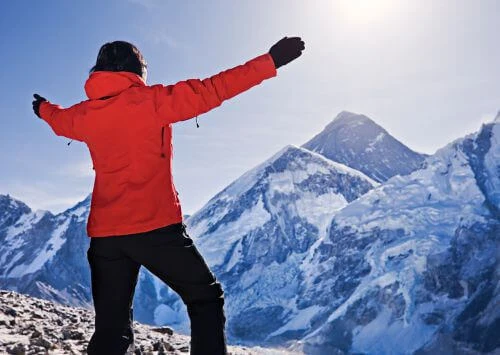A Beginner’s Guide to Teahouse Trekking.
Every year, Nepal hosts swarms of trekkers, from beginners rambling on from teahouse to teahouse to hardcore trekkers who suffice on a backpack and a sleeping bag. However, the best way to experience trekking in the majestic mountains of Nepal is to stay the night at many teahouses that dot the trails of popular trekking routes and beyond.
Nowhere in the world can you hike for weeks into the very core of the mountains, calm with the reassurance of a cozy bed, a warm meal, and a hot shower waiting for you in the evening. The teahouses in the Everest Region and Langtang Region were affected by the 2015 earthquake, but they have sprung up stronger and quicker than everybody’s anticipation. Here is our swift, handy blog on a beginner’s guide to teahouse trekking.

The rule of eating where you’re sleeping.
It may seem strange to outsiders, but the unspoken rule in teahouses is to eat where you sleep. In most cases, hotel owners charge minimum prices for accommodation and amenities; however, they compensate for that with food and drinks. The staple food in almost all teahouses is a platter of rice, lentils, greens, curry, and meat, served in an all-you-can-eat style. You can order a pizza, chow mien, or even mac and cheese if you fancy something continental. However, they don’t have unrealistic expectations; they’re just regular hoteliers who have picked up skills from here and there – not chefs from five stars.
Also, the menu gets shorter and shorter as you climb up, but you can always count on a warm plate of Dal, Bhaat, and Tarkari.
Getting to know your accommodation.
Nothing will motivate you to cross the never-ending mountain pass like the thought of a warm bed waiting for you at your teahouse. On top of that, the bedside view of moonlit mountains and thousands of stars illuminating the sky will seem like a scene straight out of a dream. Once again, don’t expect first-class housekeeping service, but the rooms are always impeccably clean and neat. They will always have two single-sized beds with freshly washed sheets and pairs of blankets to keep you warm. Since most houses are furnished with wood, they don’t accommodate heaters for safety. You can also get your laundry done for some extra bucks if needed.
Knowing general teahouse etiquettes.
We have already discussed food etiquette, but there are a few other simple, basic things you must keep in mind to avoid offending your host and fellow travelers. Make a point to tip your waiters and service providers generously, as it is mostly the only source of income for them in the mountains. Make sure not to make unnecessary noise, especially at night, as many other trekkers will try to catch up on sleep. Leave your dirty boots outside and use the flip-flops while indoors. In short, don’t make unnecessary demands and be a difficult customer to serve. Otherwise, you’re good to go!
What determines the costs?
Several factors determine the cost behind teahouse trekking: the region, the elevation, the season, and your choice of travel agency. Regions like Annapurna and Everest are almost inevitably costly compared to other lesser-trekked areas. The cost goes even higher during peak times when it is tough to book a room. Similarly, the higher the elevation, the higher will be the cost. Life in the trans-Himalayan region isn’t easy; everything you’ll need, from vegetables to blankets, is transported on a mule’s back. Thus, the cost is comparatively higher than that of mid-range altitude treks. You won't have to worry about these things if you buy a complete package from a trekking agency. They have contacts and agreements with certain teahouses and even get discounted prices.
Keeping realistic service expectations.
It is best to approach the toilet facility in the Himalayas with mediocre expectations. Most often, the teahouses have a shared facility with squat-style toilets. However, some also offer an en-suite bathroom with a Western-style toilet. You should also know that using toilet paper is not the general practice in the mountains, so you might want to bring a couple of rolls. A hot shower is almost readily available, be it an accurate shower or hot water from a bucket. Wi-fi may not be available, but you can sometimes count on the 4G network to reach your loved ones.
Recommended Read: Top 5 Best Trek Destinations for Teahouse-Style Trekking





